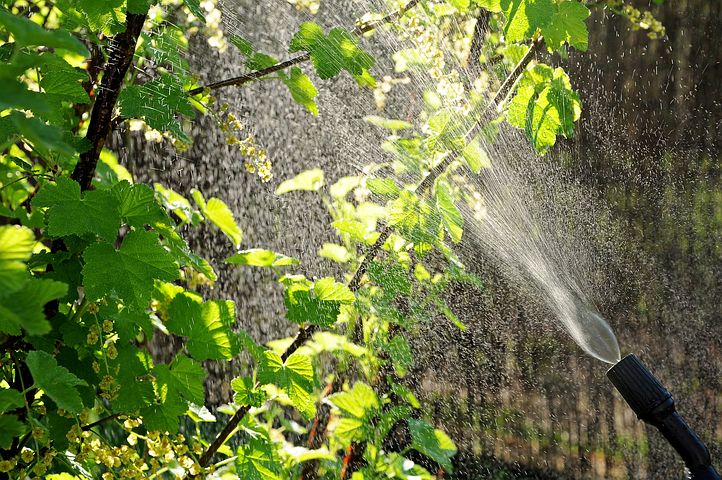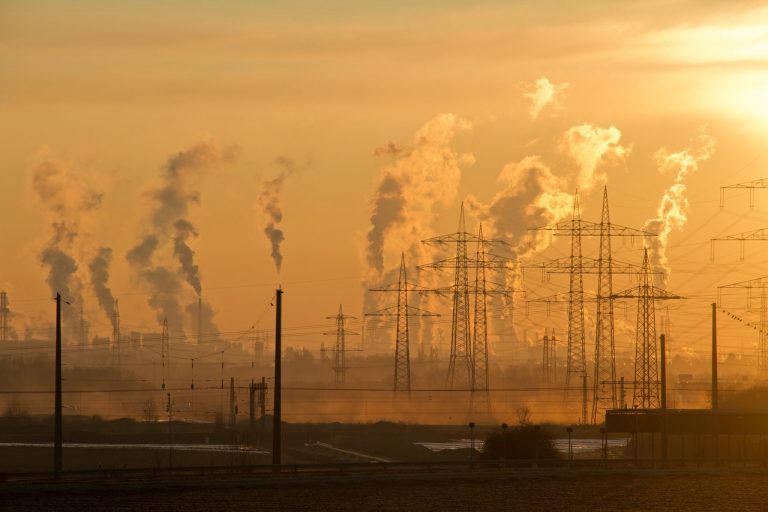
Image Source: Medium
As we all know that climate change is one of the most significant challenges that we are facing in this century. It is affecting human life, animals, and the environment to a larger extent.
Vietnam, known for its beaches, rivers, and bustling cities, is considered as one of the countries which are significantly impacted by global climate change.
When it comes to geography and demography of Vietnam, the country has a total land area of 329,569 square kilometers and a population of over 92 million. With a national average of 232 people/km2, Vietnam has the highest population density in Southeast Asia after Singapore.
The rapid growth of Vietnam’s population in urban areas is resource intensive and leads to increased energy demand and greenhouse gas emissions. The Notre Dame Global Adaptation Initiative (ND-GAIN) Index ranks Vietnam as the 89th least ready to adapt to climate change.

Image source: The Hound
Current Status of Climate Change in Vietnam
Over the past 50 years, the annual average temperature in Vietnam increased by about 0.5 to 0.7 degree Celsius. According to the report curated by Norvergence, temperatures for winters and northern Vietnam climate zones increased at rapid rates when compared to summer and southern Vietnam climate zones.On an average rate, average rainfall in Vietnam fell by 2% during the last fifty-year period. Northern climate zones have seen less rainfall in contrast to southern zones.
The number of cold fronts has decreased over the span of the last 20 years but at the same time, anomalous events have occurred more frequently.High-intensity Typhoons tend to occur more frequently as the mean sea level rose at a rate of 3 mm per year.Above is an overall image of climate change in Vietnam. Below we will discuss constraints such as temperature, sea-level rise, and rainfall in more detail.
Sea-Level Rise
When we examined the figures for 1980-1999 sea level rises, it came to the conclusion that sea level will rise to 65 to 100 cm by the end of the 21st century.
Temperature

Image Source: Saigoneer
By 2020, the annual mean temperatures for northern climate zones are projected to increase by 0.5 degree Celsius and the annual mean temperatures for southern climate zones annual mean temperatures for northern climate zones (north of the North Central Coast) are projected to increase by 0.3 degree Celsius.
By 2050, climate zones of the south-central coast will experience an increase in temperature of around 1 degree Celsius.
On the other hand, annual mean temperatures for northern climate zones will increase by 1.3 degree Celsius.
Rainfall
By 2020, the annual rainfall for northern climate zones will increase by 1.6 degree Celsius and the annual rainfall for southern climate zones will increase by around 0.5 degree Celsius.
By 2050, in northern climate zones, the annual rainfall will increase by 4 degree Celsius and 1.4 degree Celsius approximately will increase in the south.
Possible Effects of Climate Change
There is no doubt that climate change has affected a lot of nature/environment cycles in Vietnam. Norvergence with the help of the United Nations Framework Convention on Climate Change has predicted some possible effects of climate change as discussed below:
Water Resources

Image Source: sbs.com.au
In the upcoming years, the annual flows of rivers across Vietnam are expected to increase at a rapid rate. Further, the annual flows of rivers in the southern area of North Central Coast to the northern area of South Central Coast are predicted to decrease at a significant rate.
Groundwater levels throughout the country are expected to get lower from the normal range. Inter- and intra-seasonal rainfall, drought, and dry season will be seen more significantly.
Chances of flooding could rise as there will be more incidence of extreme rainfall and soil fertility also decreases.
Vulnerable Populations
Poverty status, social security, and access to resources; these are the three main factors that are extremely affected by global climate change.
Socially vulnerable groups in Vietnam such as ethnic minorities, women, and the disabled are less likely to be able to adapt to climate change. Also, people who have a direct reliance on natural resources are exposed to greater risk.
Agriculture

Image Source: The Conversation
When compared with the 20th century, water demand for agriculture will increase almost two or three fold. The annual temperature is also expected to rise by almost 10 percent by 2100.
Shifts in eco-agricultural zones will be recorded that leads to loss of varieties of indigenous breeds or species. Evapotranspiration rates will increase and productivity decreases in the Mekong River Delta and Central Coast.
Transportation
According to intensive research done by the team of Norvergence, a 1-meter rise of sea level could submerge around 10,000 km of road infrastructure.
Moreover; transmission lines, equipment, industries, and many power stations will be washed out because of flooding.
Aquaculture
Loss of habitat because of flooding will cause a reduction in stokes of mollusks, fish, and crustaceans. The inclusion of saltwater into freshwater estuaries and coastal lagoons will impact the aquaculture sub-sector.
The future of freshwater catfish farming is in dilemma and also some fish species will get more prone to deadly diseases.
Human Health
Rising sea level and temperature will affect agricultural land that leads to the risk of food shortage. Also, direct health impacts occur because of heat waves and naturals disasters.
Economic Impacts
On estimation, there will be an overall loss of GDP (around 1.0 to 1.5 percent). Agricultural sector loss would be in between 5% to 10%. When it comes to regional GDP of Vietnam, a loss of around 4 % will be registered.
Government Crafted many Policies to Combat Climate Change

Image Source: The New Republic
Consequences of climate change in Vietnam are very serious and it presents significant threats to the country’s future. All the constraints i.e poverty reduction, hunger eradication, sustainable development, and the millennium development goals will be hugely affected due to the global climate change.
There is no doubt that the government of Vietnam has done many applaud able works to address climate change challenges. The National Target Program is considered one of the finest responses to climate change as it develops activities to tackle global warming and other environmental issues.
All you need to know about the National Target Programme (NTP) or the National Target Program on Climate Change (NTPCC)
Despite achieving remarkable progress since the renovation (DoiMoi), Vietnam is still far behind from its industrialization’s and modernization’s goals as its economy totally depends upon the agriculture sector.
Because of the importance of agriculture and rural area, Vietnam’s government launched Nation Target Programme on New Rural Development or the National Target Program on Climate Change in the year 2009. The objective of the program is to increase investments in the agriculture sector that leads to more production.
The idea is to completely optimize the whole food chain network so that it not only improves the economy but also combat climate change.
With Nation Target Program, the government supports:
- Initiatives towards climate resilient agriculture.
- To adapt rural infrastructure quality specifications in an order to address climate change.
Nation Target Program on Climate Change (NTPCC) is affecting the following Key Areas
- Increasing the capacity of the People’s Committees of ThanhHoa Province and Da Nang, Ministry of Transport (MOT), Ministry of Industry and Trade (MOIT) to plan and design climate adaptation responses.
- Improving the institutional capacity of the government so that they can provide technical resources and other required training to implement climate change responses.
Concluding Words
The effect of global warming has already started to impact Vietnam. Not only it, but almost every country is facing such issues related to climate change.
Overall, the problem like climate change cannot be solved without the help of individuals. We all have to realize our responsibility and adopt green measures.
Author’s Bio: George Stacey is an environmentalist working at an NGO, named “Norvergence”. For the last 5 years, she has been doing a lot about spreading awareness against global warming and other environmental hazards.



